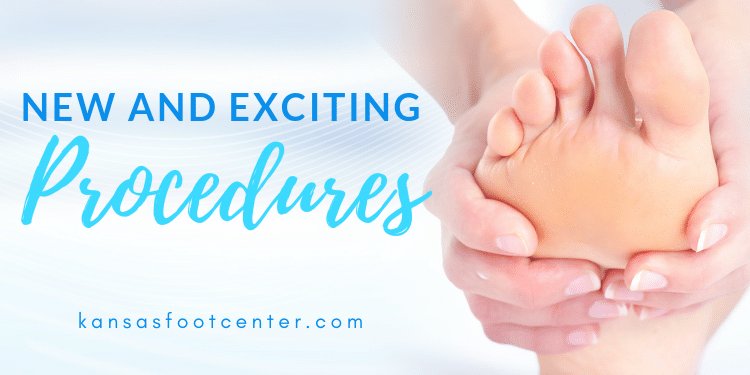We Have a New, Advanced Procedure for Bunions!
When it comes to surgical treatment for a bunion, there is more than one way to approach it. Try more than 100!
These procedures can range from removing the bump itself, to realigning the joint, to correcting the soft tissues around the joint. These are reasonable measures and are often very helpful in many situations, but they don’t tend to correct the underlying misalignment that caused the bunion in the first place.
That’s why we are proud to introduce Lapiplasty, a new and proven procedure that addresses both the symptoms of a bunion andthe instability that lies at the root of it.
Even better, Lapiplasty has been shown to get patients back on their feet and bearing weight much more quickly than with many other surgical procedures!
What Makes Lapiplasty Different?
The goal of most bunion procedures is to relieve the pain and discomfort caused by the deformity. This is often performed by removing the bump itself, or by cutting and realigning the bone.
However, these procedures account for a single plane of alignment, but not the whole picture. The bone is also often tilted or rotated in a way that has made the joint unstable. Depending on the specifics of each situation, this stability can increase the risk that a bunion will eventually return even after corrections are made.
Lapiplasty addresses alignment all the way at the base of the metatarsal. It corrects the full structure of the bone and shifts it back into its original, normal position. When fully aligned this way, a bunion is less likely to return and additional risks of complications (such as chronic pain or problems with function) are also reduced.
How Does Lapiplasty Work?
There are multiple steps to the Lapiplasty procedure, with a lot of technical and anatomical jargon thrown in the mix, but we will do our best to boil it down for you in words.
(Honestly, this comes out a lot easier when we’re speaking face-to-face and have fun photos and models to point at.)
- First, before any cuts are made to the bone, a special positioner is set to hold it in its proper position and rotation.
- Next, the bone is very carefully and precisely cut to prepare it for fixation. A calibrated guide is used for complete confidence in this step.
- Finally, the bone is affixed into its proper place and then stabilized using titanium plates.
The entire procedure takes about an hour to complete.
What is Recovery from Lapiplasty Like?
One of the benefits of adding stability via Lapiplasty is that patients can bear weight on their foot sooner than with many other bunion procedures.
Patients have been able to bear weight 1 day following surgery! Results will depend on the severity of your bunion and other factors such as age and fitness. It’s always best to follow our recommendations for when to start trying to place weight on your foot. (Trust us; it’s not something you just want to jump up and start testing.)
Overall recovery and returning to most activities is also going to be recommended on a case-by-case basis, but average times remain faster with Lapiplasty. Whereas many older procedures may take 4-6 months for full recovery, Lapiplasty recovery may take only 3-4 months.
Is Lapiplasty right for me?
Determining whether Lapiplasty or any other procedure is the best option for a patient will depend on a full examination of the bunion and other influential factors.
It must be noted that any type of surgical procedure should only be performed as a last resort for reducing a patient’s pain and discomfort or if we have reason to believe it is the best treatment option for that particular patient for whatever reason. If non-surgical methods of bunion management may be effective, they will almost always be attempted first. This may include the use of custom orthotics, physical therapy in the form of stretching and strength exercises, or changes in lifestyle and footwear.
When conservative methods such as those above either fail or will obviously not be effective, surgery is then brought into consideration. And under no circumstances will bunion surgery be considered for purely cosmetic reasons.
There may end up being plenty of options on the table by the end of the day, but we will be sure to explain the full pros and cons of each of them so you can choose how you wish to move forward in full confidence.
No matter how long you have had a bunion, there is likely action you can take to improve your comfort and help prevent it from getting worse! Whether that is a new surgical breakthrough or a time-honored, conservative technique, we can set you on the right path at Kansas Foot Center.
We have offices in Wichita and Newton that are ready to serve you. Schedule an appointment with us by calling (866) 222-5177 or by filling out our online contact form.


